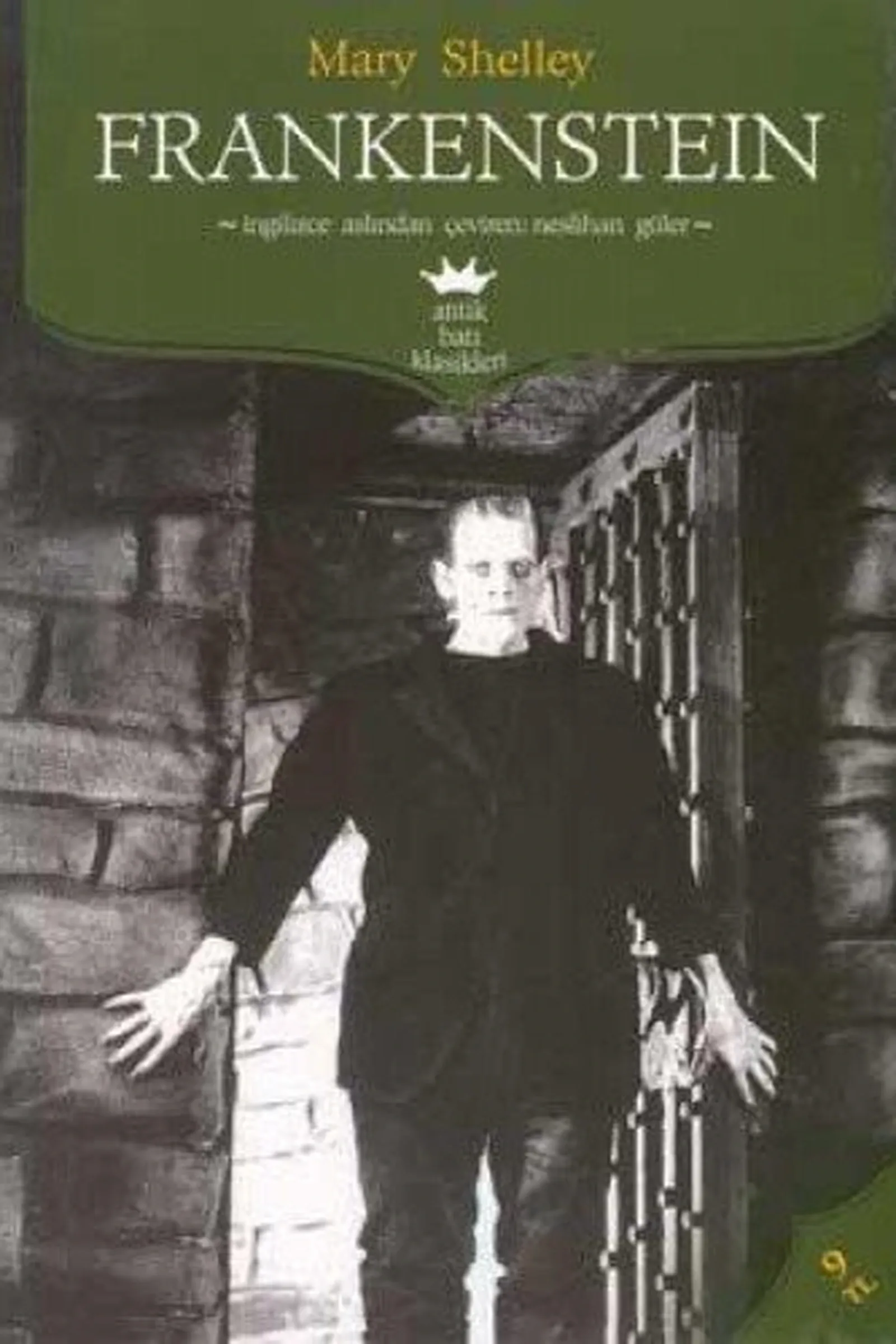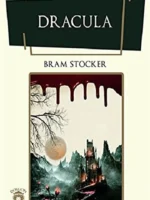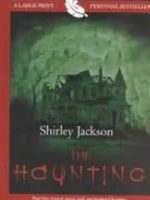Frankenstein, Mary Shelley, 1818
- Author: Mary Shelley
- Genre: Horror/Gothic
- Publisher: Penguin Classics
- Publication Year: 1818
- Pages: 280
- Format: Paperback
- Language: English
- ISBN: 978-0486282114
- Rating: 4,1 ★★★★☆
Frankenstein Review
Frankenstein by Mary Shelley is a Gothic novel that reads like a warning flare. First published in 1818, it follows a brilliant young scientist who builds a living being and then recoils from what he made. For you, this book offers a clear look at responsibility, ambition, and the cost of turning people into problems to solve. It is eerie, intimate, and more modern than its storms and castles suggest.
Overview
The story is framed as letters from an Arctic explorer who meets Victor Frankenstein on the ice. Inside that frame you hear Victor’s confession and the Creature’s own account. You will notice how the narrative shifts invite you to judge motives rather than monsters. The book is not about mad science alone; it is about creation without care, grief without repair, and the loneliness that grows when empathy fails.
Summary
Victor leaves Geneva for university and becomes obsessed with the secret of life. He assembles a body from parts and succeeds, only to feel terror at the living result. He abandons the Creature, who learns language and ethics in hiding, then reaches out for kindness and is met with fear. Violence follows. The Creature asks for a companion; Victor begins, then destroys the new being before it can live. Rage turns to vengeance. Loved ones die. The chase leads north across ice and wasteland. The end is quiet and cold: two lives consumed by a failure to accept responsibility for what was made.
Author
Mary Shelley wrote this in her teens during a summer of storms and debates about science and soul. Her style is lyrical but direct, and she gives each voice its own rhythm. You benefit from her balance of philosophy and plot: the ideas land because the emotions feel real.
Key Themes
You will see creation and duty: making a life is not the same as caring for one. You will meet alienation: the pain of being seen as a thing rather than a person. You will face ambition: knowledge without ethics becomes cruelty. You will notice nature as witness and judge: beauty that does not excuse harm. You will consider justice: who is guilty when neglect breeds violence.
Strengths and Weaknesses
Strengths: a tight structure, dual perspectives that complicate blame, and language that still sings. Strengths: clear moral questions that do not feel like lectures. Weaknesses: melodrama in a few scenes, long set pieces that may slow readers used to fast pacing. Overall: a fierce, humane novel that earns its place as a classic.
Target Audience
This book suits readers who like moral questions inside a haunting narrative. It works for students and general readers who enjoy character driven stories with philosophical weight. Book clubs will find rich ground in responsibility, parenthood, and how society makes outsiders.
Favorite Quotes
Short lines stand out: a plea to be seen, a vow to pursue, a quiet admission of guilt. They help you hold the core ideas in a few clear words and make the debate portable.
Takeaways
For you, the key takeaway is simple: skill without care harms the world. Creation demands stewardship, and rejection breeds the very danger we fear. Read it as horror if you like, but it also works as a manual on accountability. You finish with sympathy spread across the map: for a maker who fled, and for a being who only wanted a place to stand.
| pa_author | Mary Shelley |
|---|---|
| ISBN | 978-0-946-90309-5 |
| pa_year | 2005 |
| Pages | 357 |
| Language | English |






